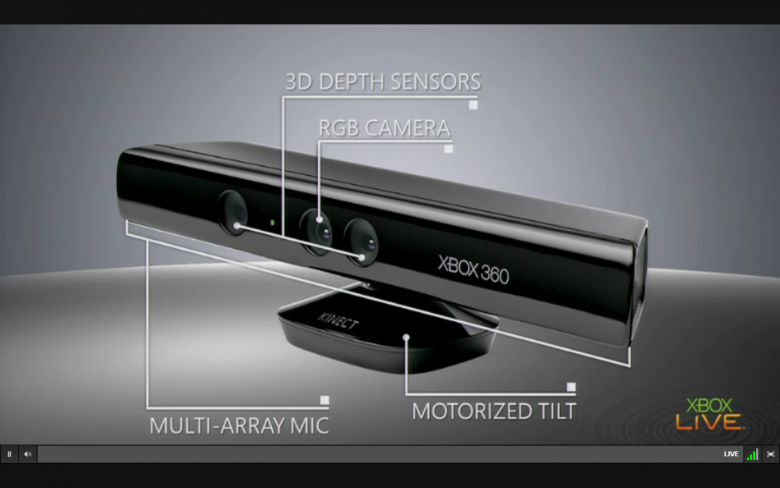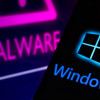Why Is My Amazing, Ground-Breaking Microsoft Kinect Collecting Dust?
In a few short months, Microsoft's Kinect has become one of the most exciting platforms around. Dozens of hackers are making use of the groundbreaking motion sensor, crafting projects ranging from quirky instruments to medical equipment replacements to art installations. Those thrilling projects all have one thing in common: Microsoft has nothing to do with them, and regular consumers have no access to them. You can't buy them in stores. And what you can buy in stores is disappointing at best.
For almost all of the ten-million-plus Kinect owners, including myself, the Kinect sits on the TV stand, collecting dust in between increasingly infrequent games of Dance Central--a launch title. Why is Microsoft letting their most exciting product in years--maybe ever--sit fallow?
I've been following the Kinect so closely because it has the potential to fulfill so many of our science-fiction fantasies. The Kinect is one of those rare gadgets, like the iPhone, that takes what came before--be it the motion-sensing trend started by the Nintendo Wii or early smartphones from Palm and BlackBerry--and moves it a step and a half further. The gadget and the ways you use it make sense, but it still feels like it was teleported here from three years in the future. People respond to these kinds of products: The possibilities they open up are so exciting, so new, and so obvious that ambitious developers can't wait to start exploring them. But for the new device to survive, it needs encouragement from its maker--and Microsoft is thoroughly dropping the ball on that front.










































































